
New Draft Amendment to Taiwan Patent Act
The Taiwan Intellectual Property Office (TIPO) announced the Draft Amendment to Certain Articles of the Patent Act on September 24, 2024. The aim of the Amendment is to respond to the growth of emerging digital industries and the increasing diversity in image design through digital technology. The Draft Amendment focuses on two main areas as follows:
- Relaxing several restrictions on design patent protection by taking into account the emergence of digital technology by allowing the scope of design protection to include image designs using digital technology and lifting the restriction that image designs must apply to articles. Also, a consolidated application for similar designs will be allowed by amending the relevant stipulations on revisions, invalidation proceedings and other related matters. The grace period will be extended from six months to twelve months within which the applicant can file a design application irrespective of the prior publication or disclosure of the design. Design divisional applications will have the time limit extended to three months from the receipt of either the approval of a design application or a reexamination decision.
- For any disputes over the right to apply for a patent and patent rights, civil procedures will be exclusively used for their resolution. This is a change from previous ideas under consideration such as an Appeal and Dispute Review Committee. However, as this is still in draft form there may be further adjustments after discussions about how to deal with the various issues raised from this new Amendment.
Taiwan Semiconductor Manufacturing Co. Forecasts Revenue to Grow 29% in 2025
Driven by robust demand for advanced technologies used in artificial intelligence applications and crypto mining, TSMC expects to see 29% growth in revenue next year. If that is the case, TSMC would be looking at a 67% share of the world’s foundry market in 2025. Currently, its share is 64%. To address concerns about its market dominance, TSMC in July created a new definition of the foundry market, called Foundry 2.0, which includes chip packaging, testing, mask making, and all integrated device manufacturers (IDM) such as Intel Corp., but excludes memorychip makers. With this broader definition, TSMC has a predicted market share of 36% for 2025, compared to 33% for this year. Currently, TSMC is fast-tracking production of 3-nanometer, 4-nanometer, and 5-nanometer chips by performing super-hot-run production cycles, the shortest production cycle adopted for rush orders. The utilization rate of those technology nodes is more than 95%. The Hsinchu-based chipmaker is expecting to add 70,000 advanced wafers a month next year to existing capacity. Also, TSMC is planning to double its capacity of advanced packaging technology, or chip-on-wafer-on-silicon (CoWoS), used primarily for Nividia Corp.’s AI chips. Despite these expansion moves, production will still be lagging behind demand. Samsung Electronics, TSMCs biggest competitor, is also expected to ramp up production of 2-nanometer next year. However, Samsung has to address its lower yield rate. Analysts have projected that the world’s semiconductor industry would grow by 15% in production value to US 782 billion dollars, while the global foundry segment would grow 20% in 2025.
Taiwan’s National Chung-Shan Institute of Science and Technology (NCSIST) Showcases Latest Technology
On December 24th, 2024, NCSIST demonstrated a domestically developed artificial intelligence (AI) powered intelligence center that aims to facilitate deployments involving unmanned aerial vehicles (UAV) on battlefields. Central to the facility is an intelligence sharing platform that can receive and display footage transmitted from all types of drones deployed on a dashboard. Utilizing generative AI and generative pre-trained transformer models, the platform can analyze drone images and produce data that command centers can then use to increase the situational awareness of ground personnel. The images are further sorted and stored to enable fast queries when specific footage or graphics need to be located, saving on human labor and time. The system can even integrate footage transmitted by M-9B drones that Taiwan has purchased from the United States with the platform. The NSCIST has also developed a UAV flight simulator that features a realistic digital dashboard and images captured using an optical payload. The simulator can simulate different weather conditions and missions to help familiarize internal drone pilots and payload operators with operating drones. The simulator is modular and can be configured to approximate different types of drones and missions or be linked to the AI intelligence hub to simulate intelligence transmission sequences. Such developments in the field of drones with military applications is a reflection of the current geopolitical climate of the Asia-Pacific and Taiwan’s continued advances of IP going forward.
China Releases Data on Patent Licensing from 2019 to 2023
China’s National Intellectual Property Administration (CNIPA) has issued a report on patent licensing from 2019 to 2023 that includes statistical data and licensing rates for different technologies. This data may be useful for determining market rates and can help interested parties to avoid antitrust enforcement actions by the State Administration for Market Regulation. Looking at the data, in 2023 there were 15,603 contracts in total and 36,794 patents were involved with invention, utility model and design patents accounting for 45.3%, 44.7% and 10.0% respectively. For 2023, in terms of the payment method of license fees, there were 6,150 license contracts paid by fixed or convertible amounts (fixed lump sum or installment or equity), accounting for 39.4%, with a total contract amount of 10.21 billion RMB, an average contract amount of 1.66 million RMB, and an average license period of 3 years. There were 1,087 license contracts paid by royalty, accounting for 7.0%, and the average license period of the contract is 3.3 years. There were 8,366 license contracts paid free of charge, accounting for 53.6%. For the past five years, (January 2019 to December 2023), there were 32,938 licensing contracts in total and 82,738 patents in total, of which invention, utility model and design patents account for 47.8%, 42.1% and 10.1% respectively. For the same time period, there were 16,930 license contracts paid by fixed or convertible amounts, accounting for 51.4%, with a total contract amount of 44.7 billion RMB, an average contract amount of 2.64 million RMB, and an average license term of 3.5years. There were 2,188 license contracts paid by royalties, accounting for 6.6%, and the average license term of the contract was 5.6 years. There were 13,820 license contracts paid free of charge, accounting for 42.0%.


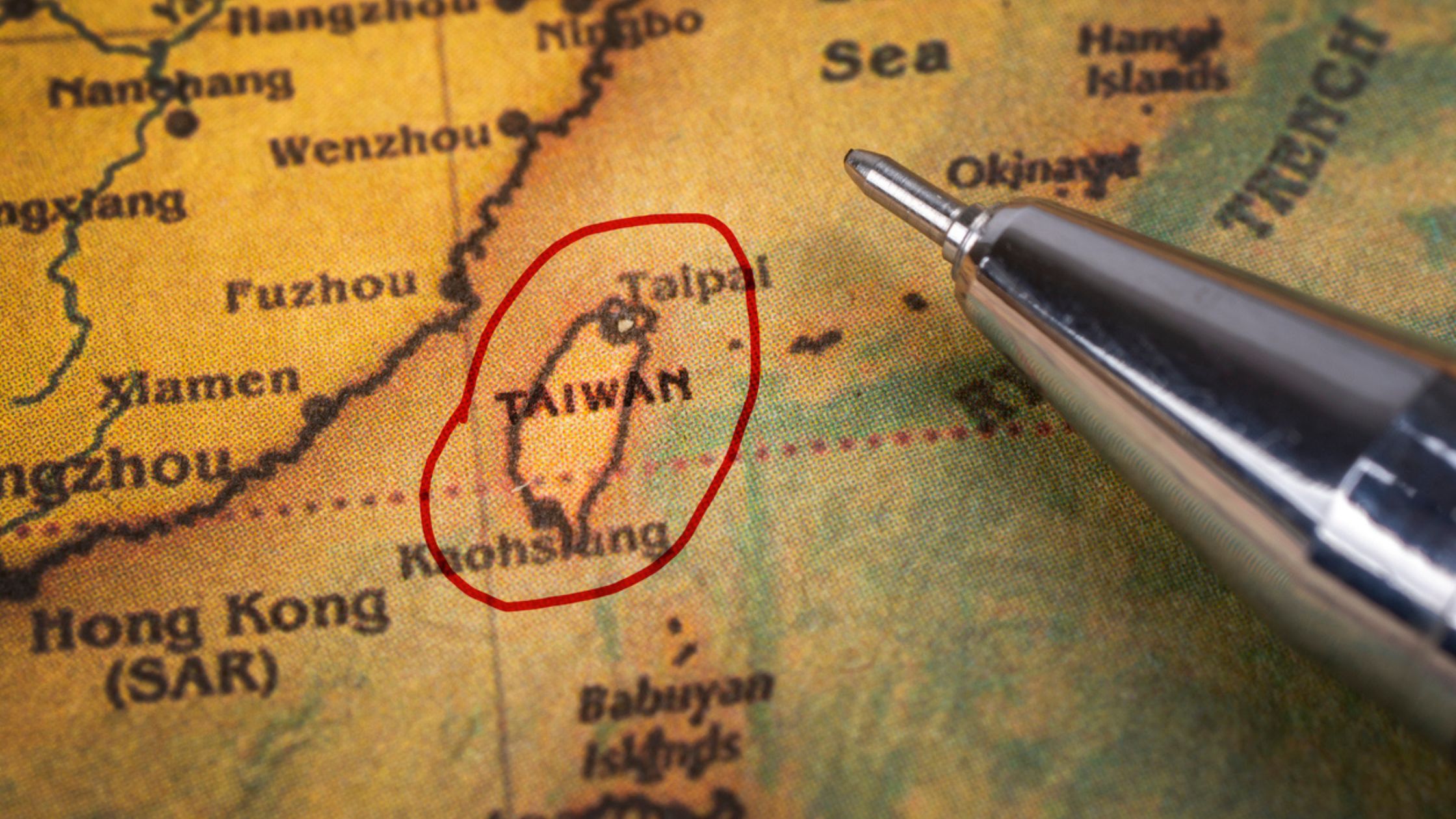
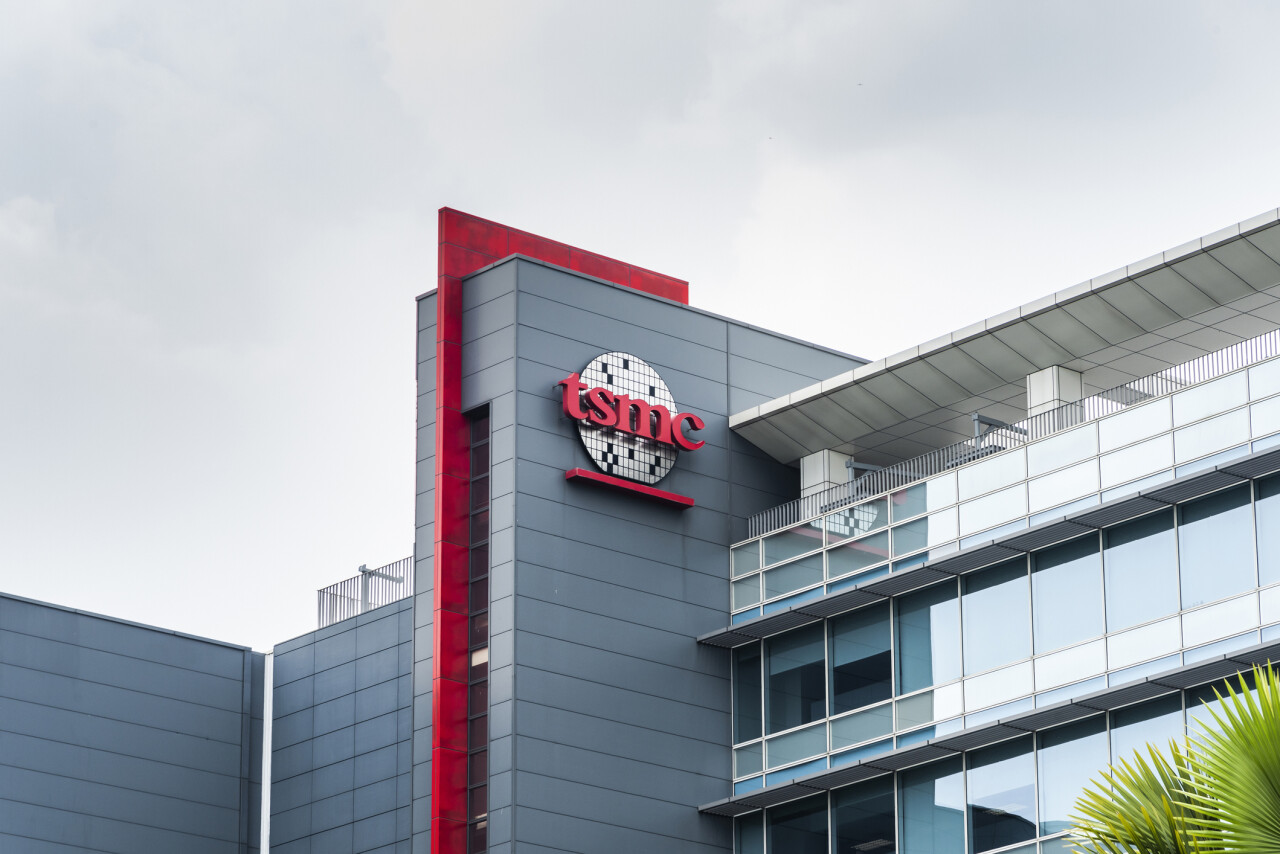




 Deep & Far Attorneys-at-law
Deep & Far Attorneys-at-law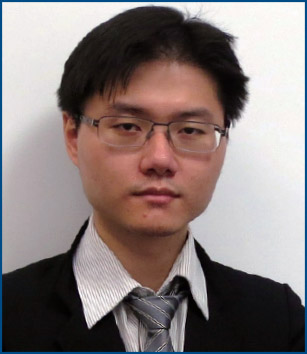 Yu-Li Tsai
Yu-Li Tsai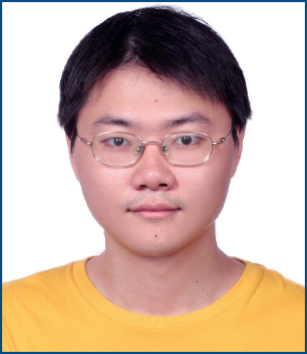 Lu-Fa Tsai
Lu-Fa Tsai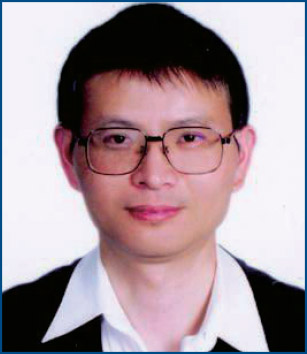 C. F. Tsai
C. F. Tsai







